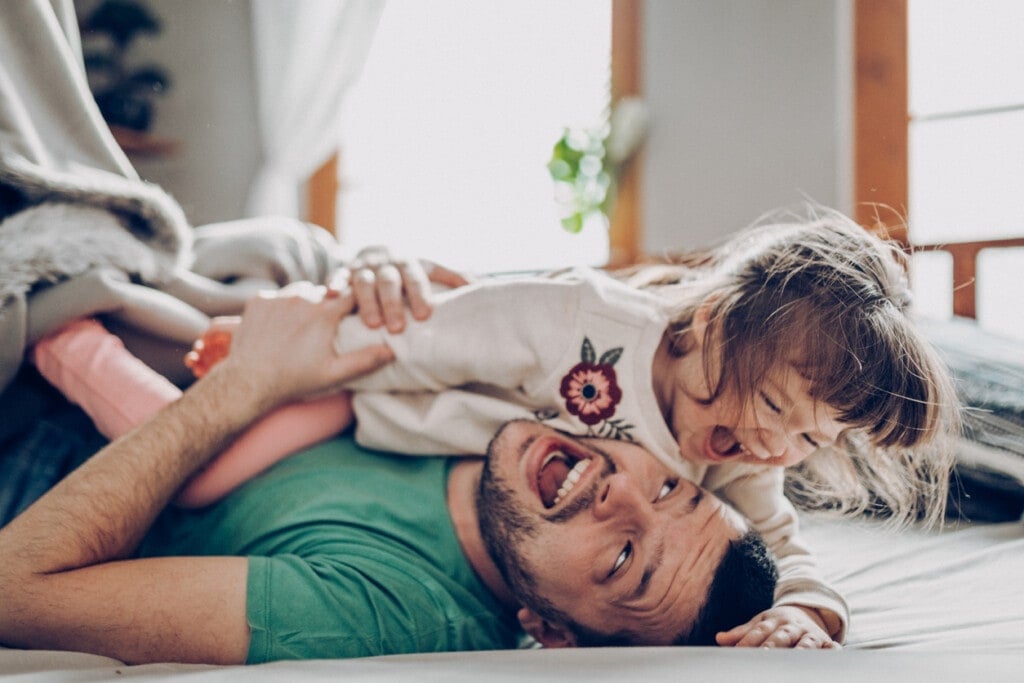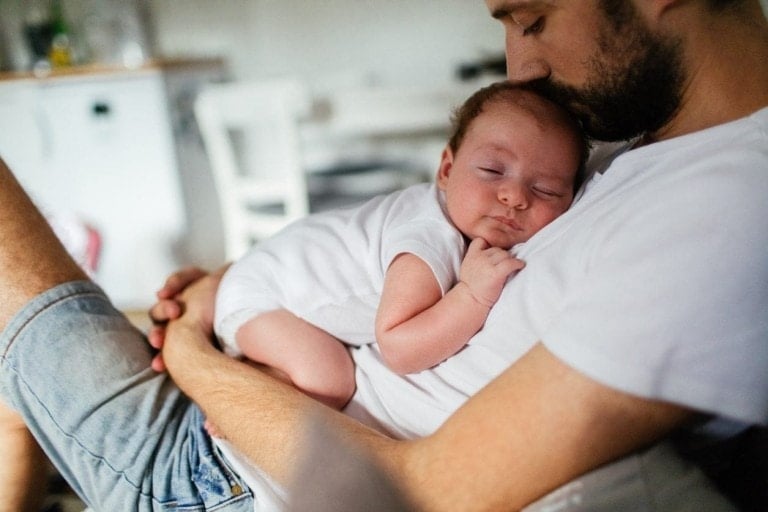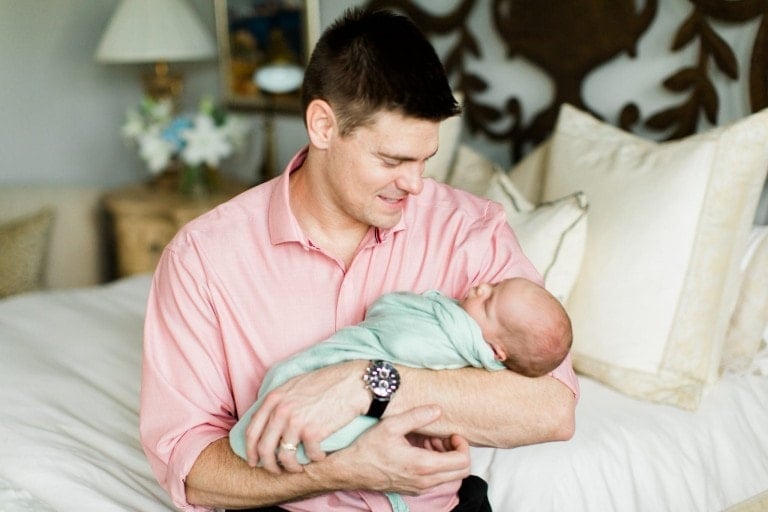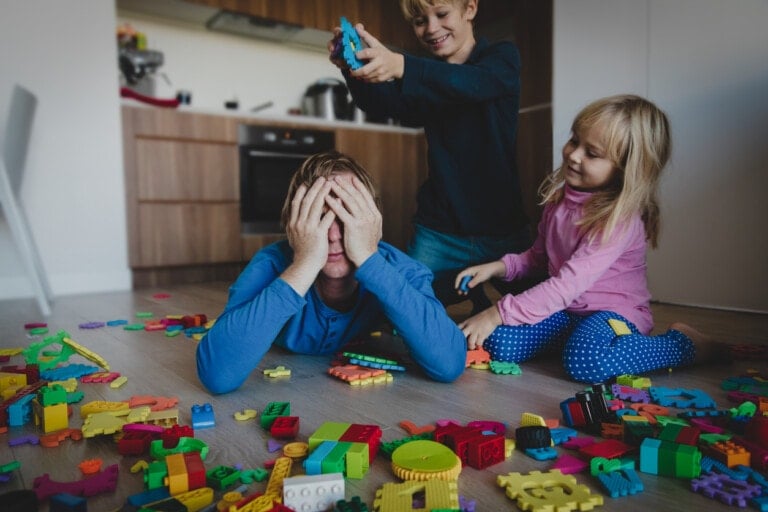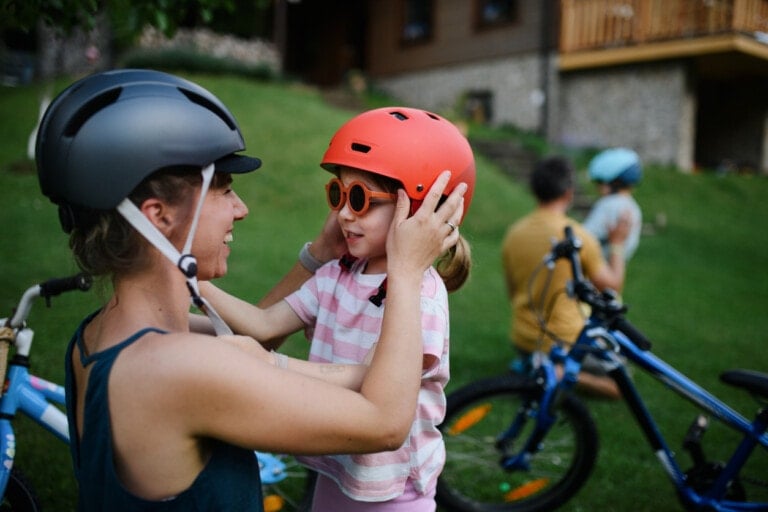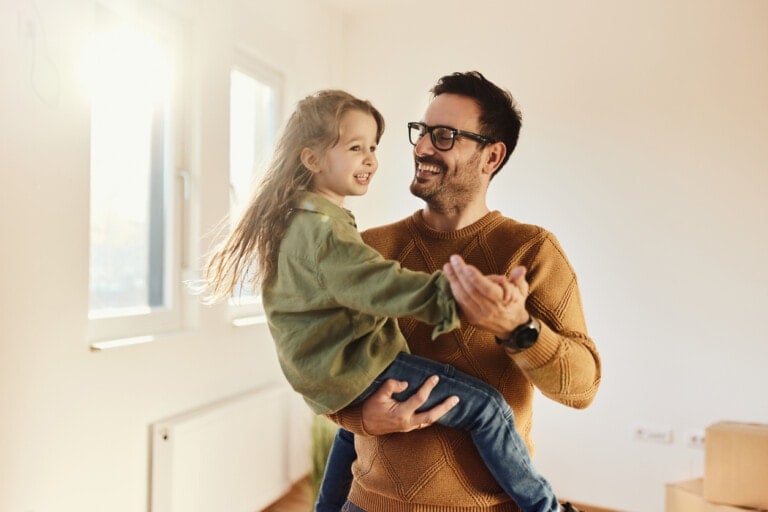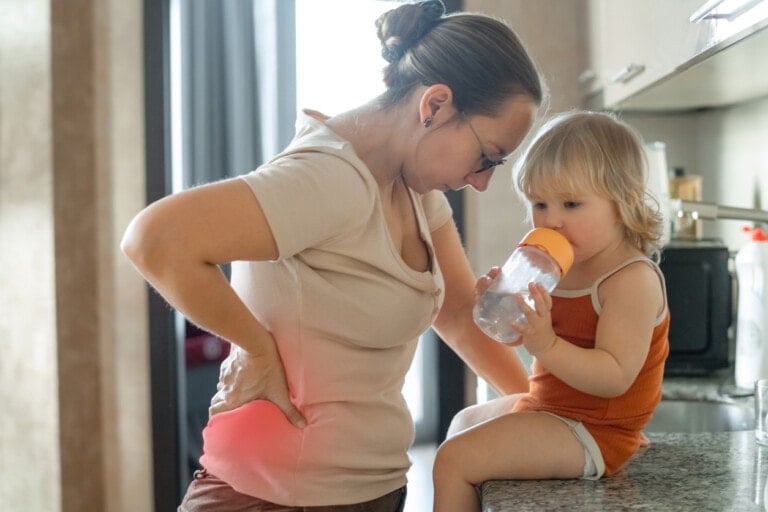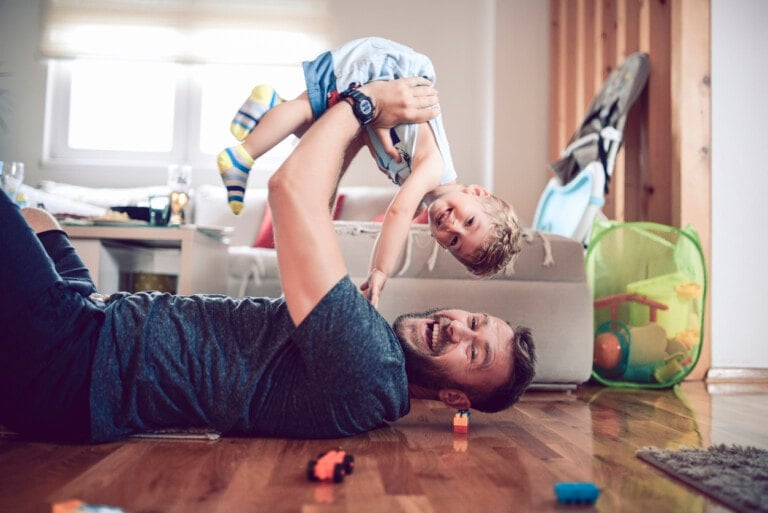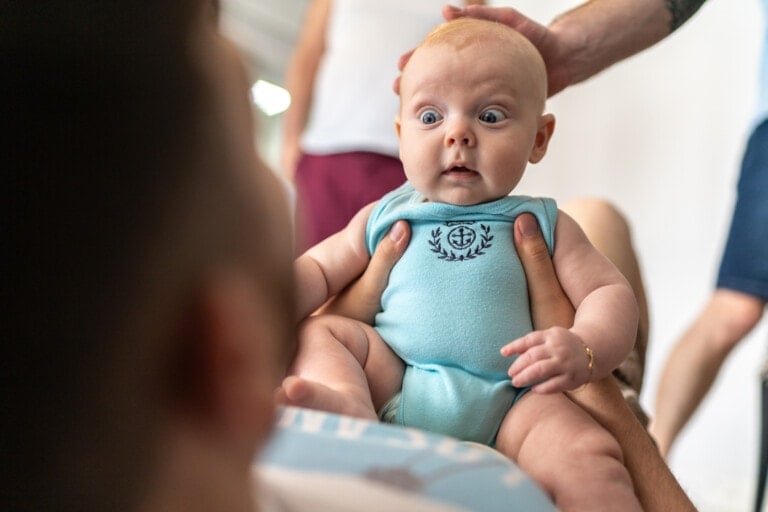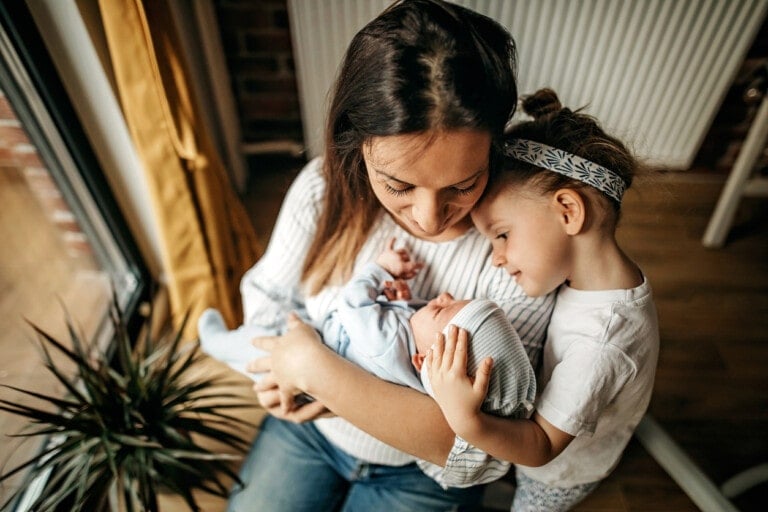I have always been a social person. I enjoy going to parties and meeting new people. While I may not be the life of the party, I do enjoy being close to it. But since becoming a stay-at-home dad (SAHD) two years ago, I find that social desire is waning.
Sure, I’m in my mid-30s and don’t party like I did in college (for which my liver is grateful). But what I find most challenging is a question that comes up often when meeting new people: “What do you do for a living?”
Saying I’m a Stay-at-Home Dad Stops Conversation
For a long time, I had a great answer to what I did for a living: “I’m an investigative reporter for TV stations across the country.” That’s a conversation starter. I could talk for hours about the crazy things I’ve seen and the remarkable people I interviewed over a 12-year career. Now, my answer is, “I’m a stay-at-home dad.”
I generally get a favorable response to this, something along the lines of, “That’s really cool you do that.” The problem is that mentioning I’m a SAHD is a conversation-stopper because no one knows what to say or how to address it after the initial compliment. It makes me uncomfortable and unsure of what to do or say next. It also causes me to think of ways to justify my day-to-day life.
Sometimes, I add that I’m a writer. I hate feeling the need to add that detail to my chosen path as a stay-at-home parent, but I would be lying if I didn’t acknowledge that it happens.
Am I a writer? Yes. But is parenting my full-time job? 100 percent.
SAHMs Feel Similar Anxiety
Speaking with my stay-at-home mom (SAHM) friends, they have a similar anxiety about feeling pressured to explain why they aren’t working. This, even though the number of parents who serve as primary caregivers has remained consistent for a generation, even as social norms and perceptions have changed around working parents, including those working from home with kids.
A Pew Research study released in August 2023 found that 18 percent of parents stayed home to care for their kids in 2021. That’s up slightly from 1989 when it was 17 percent. The significant change is in the number of fathers staying home. Thirty years ago, only 4 percent of fathers were the primary caregivers. Today, the number has nearly doubled to 7 percent. That means almost one in five stay-at-home parents are dads.1
Stay-at-Home Dads Starting to Understand Mothers’ Pressures
Now, dads like me are getting a better understanding of some of the stresses and societal pressures that mothers have shouldered for generations. I’ve learned firsthand the difficulty of creating new social connections after becoming accustomed to having a built-in one at the office. This may seem simple, but we often take for granted how much it helps to be near and with people with similar interests, even if it’s work.
Having someone to talk to and interact with daily is much easier when your conversations aren’t with a 1-year-old still learning to speak. I found this to be one of the most challenging aspects in the early stages of my journey as an SAHD. It’s something that led to plenty of insecurities.
Better Health Connected to Working
A study published in 2012 in the American Sociological Association’s Journal of Health and Social Behavior put it more bluntly: “[F]ull-time work was associated with better physical [and mental] health.” The study focused on mothers working full-time or part-time or staying at home with their children. Researchers found several factors that led to better physical and mental health for working mothers.2
“Women who stay at home may face reduced social networks, financial dependence, and greater social isolation, all of which may strain health, the study reports. “Additionally, the differential rewards for paid work outside the home and unpaid work done in the home may reduce the self-esteem of mothers who stay at home.” 2
Being a SAHD is Still the Right Decision for Us
This is not to discount working parents’ difficulties and stresses, particularly mothers. My wife often discusses feeling guilty for not being the one who stays home with our 3-year-old daughter. She has no interest in giving up her business or career, but societal pressure and “mom guilt” can be cruel. Much like working parents, stay-at-home parents can feel the need to justify their decision.
Despite the genuine issues researchers continue to highlight, I am thankful. Insecurities aside, becoming a stay-at-home dad is one of the best decisions I’ve ever made. For every day I miss my 9-to-5, there are 30 days I’m thankful for taking the leap.
So why the anxiety of sharing this part of my life? The issue is acceptance. Not by others but by myself. Accepting that everyone may not be comfortable with my choice, understanding why I made it, and, most importantly, being okay with that. It’s a decision thousands of other families are making every year.
The best way to further normalize stay-at-home parenting, particularly stay-at-home dads, is to share it with others confidently. So, ask me again, “What do you do for a living?”













